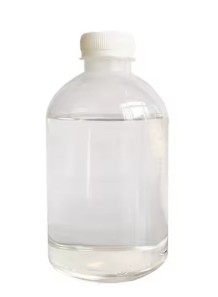Tetrahydroxypropyl Ethylenediamine (THPE, e.q. Neutrol TE)
Cosmetics
Code: 252942
A highly water-soluble tetra-amine obtained by reacting ethylenediamine with propylene oxide
Cart
No products
Subtotal:
0.00
Total
0.00
THB



